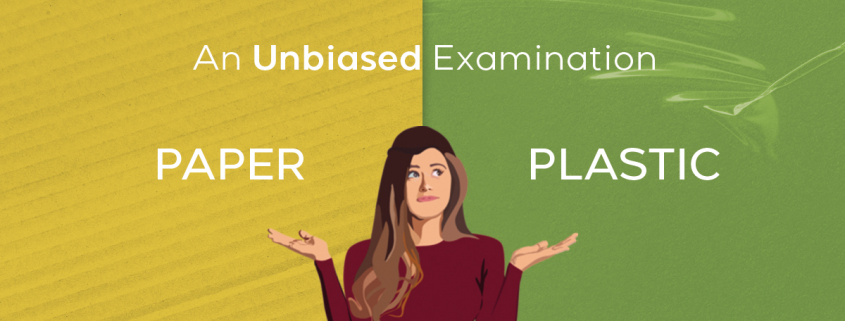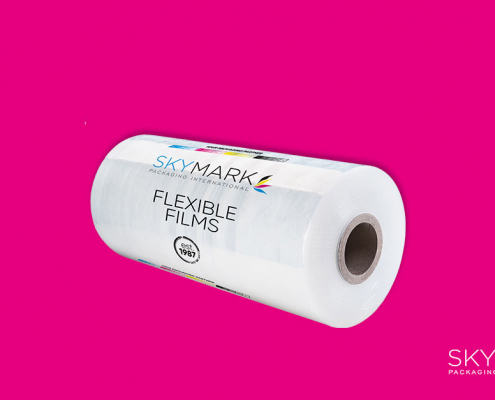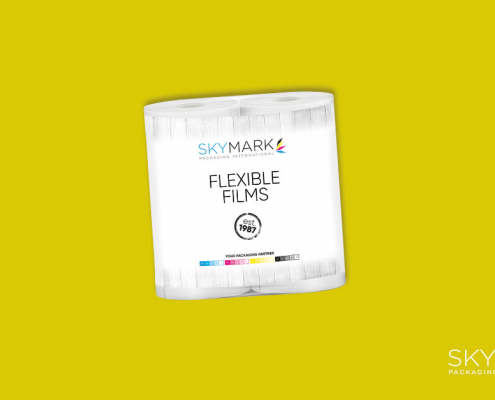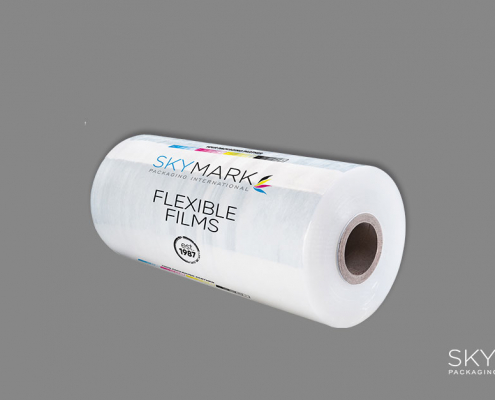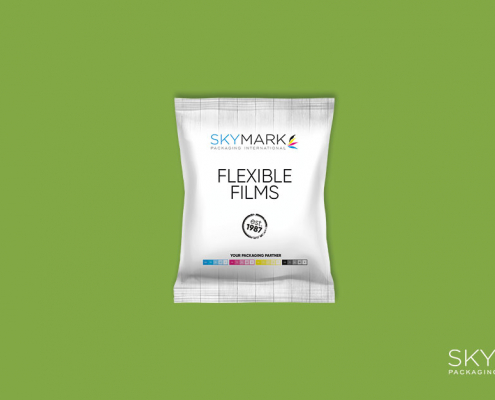In the modern world, paper and plastic are two materials we encounter daily. From packaging to printed materials, these substances have become integral parts of our lives. However, as environmental concerns rise, it’s essential to understand the impacts of these materials and their roles in our society. This article aims to provide an unbiased analysis of paper and plastic, examining their recycling processes, environmental impacts, and cost factors, and introducing our innovative solutions in these areas.
The Recycling Process: A Tale of Two Materials and Our Contributions
Recycling is a crucial aspect of managing the lifecycle of both paper and plastic. However, their recycling processes differ significantly due to their unique properties. At our company, we’ve developed products that align with these recycling processes, ensuring that we contribute positively to the environment.
Our paper-based packaging solution, SKYPAPR, is fully recyclable and certified FSC. It’s an attractive option for a range of paper products, including dry & ambient and tissue overwrap. SKYPAPR supports the growing demand for paper solutions while maintaining product safety and visibility on the shelf. Our range includes uncoated, 1 side coated, and 2 side coated white and brown craft, all of which are food approved and offer excellent printability.
On the other hand, our plastic solutions, SKYMONO E and P, are fully recyclable and suitable for a variety of flow wrap applications. SKYMONO E, made from PE, is an excellent choice for high-barrier applications. SKYMONO P, made from PP, offers a reduced packaging weight, helping to reduce shipping costs, CO2 emissions, and packaging tax. Both materials have low seal initiation temperatures for easy sealing using various equipment.
Paper vs. Plastic: An Environmental and Practical Perspective
Both paper and plastic have environmental impacts throughout their lifecycle. Paper production can lead to deforestation and loss of biodiversity, but it’s biodegradable and can be recycled more times than plastic. Plastic, derived from non-renewable fossil fuels, can take hundreds of years to decompose. However, its lightweight and durable nature can reduce transportation emissions.
In terms of durability and usability, plastic’s resistance to moisture makes it suitable for a wide range of applications. Paper, while less durable, can be a better choice for packaging dry goods. The best choice between the two depends on the specific application and the waste management infrastructure available.
Cost Analysis: The Price of Convenience
Plastic is often cheaper than paper due to several factors. The raw materials for plastic (fossil fuels) are cheaper and more readily available than those for paper (trees). The production process for plastic is also less energy-intensive than for paper. Additionally, plastic’s lighter weight reduces transportation costs.
Conclusion: A Balanced View for a Sustainable Future
Neither paper nor plastic is inherently superior; each has its place depending on the application and environmental considerations. As we move towards a more sustainable future, it’s crucial to understand these materials’ impacts and make informed decisions. By improving recycling processes and waste management infrastructure, we can mitigate these materials’ environmental impacts and create a more sustainable world.
Our commitment to this sustainable future is evident in our product range. From our SKYPAPR and SKYMONO lines to our SKYMAX range of films and SKYLENE PP films, we are dedicated to providing high-quality, recyclable solutions that meet our customers’ needs while minimizing environmental impact. Each stage in the manufacture of our products is monitored, controlled, assessed, and recorded to ensure the same consistent high quality.

